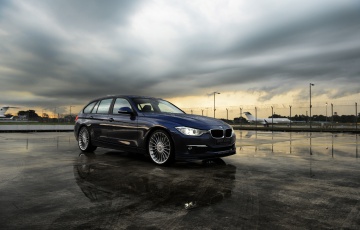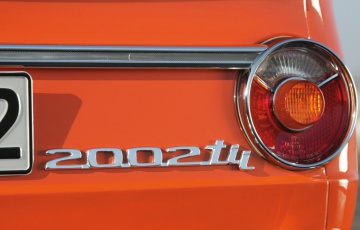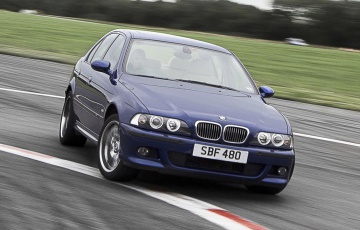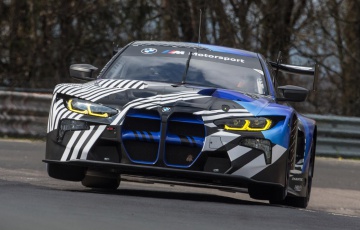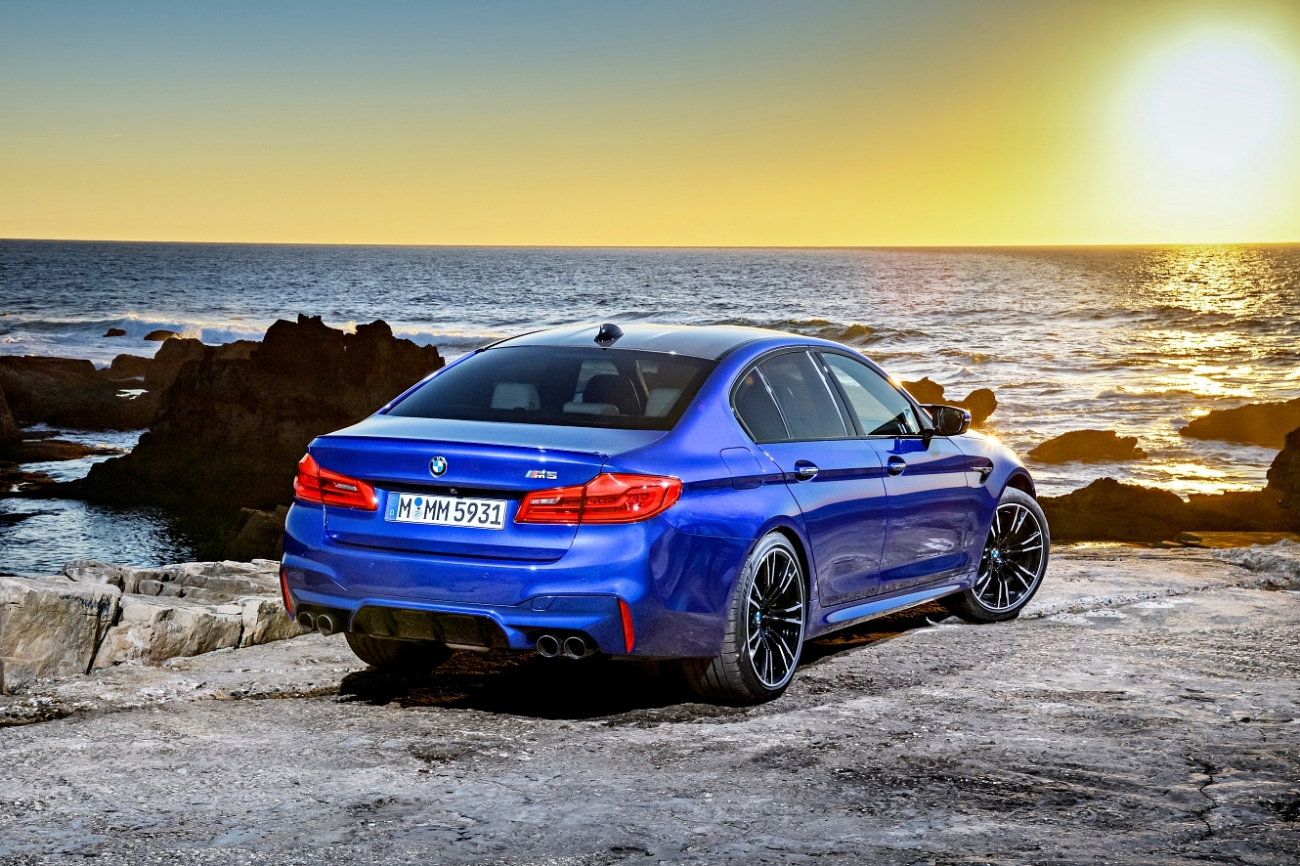
These days, car manufacturers seem to be driving forward with that slogan. Some regular sedan cars now come with engines packing power upward of 500hp. In the 2019 BMW M5, that figure chimes in at 600hp. The performance figure of interest here however, is its monumental torque of 750Nm.
Torque is the engine’s turning effort that is transmitted via gearbox and differential to the driving wheels. Before venturing into how BMW has effectively managed the torque from the F90 M5, we need to understand why vehicles are producing such hefty torque figures.
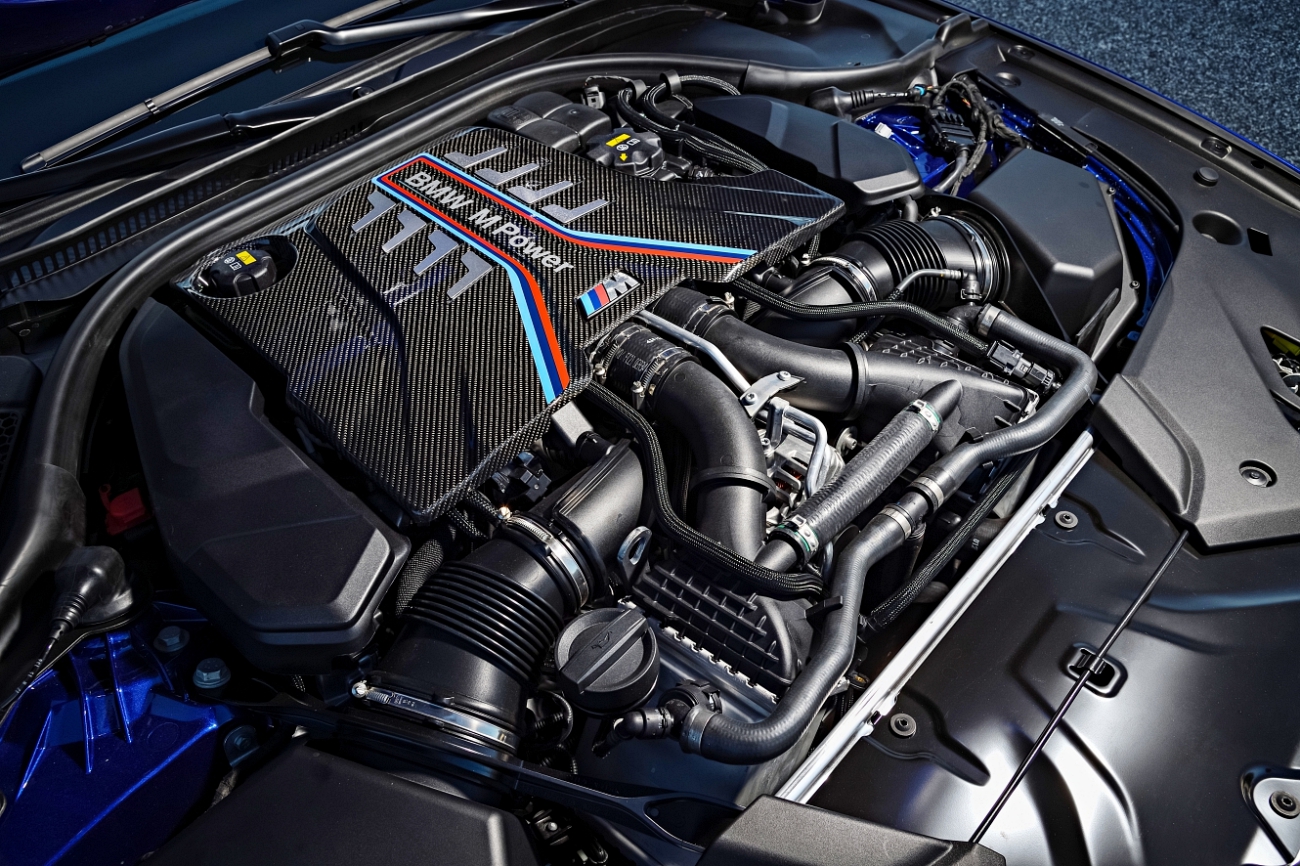
Since the 1960s, manufacturers have had the need to control vehicle emissions. However, this topic has come under intensified scrutiny in the last three decades, resulting in the now widely accepted euro emissions standards.
Turbocharging was found to be the most cost-effective way in reducing an engine’s size and ultimately meeting the emissions regulations. This is essentially recycling (a word emissions sceptics love) waste exhaust gases, thereby optimising the amount of air and fuel burnt. This results in cleaner air being expelled from the exhaust. The supplementary benefit that turbocharging brought was an increase in engine torque figures.
Even a power house like BMW could not shy away from the necessity of turbocharging. The naturally-aspirated purists were up in arms when BMW began rolling out M-badged vehicles, albeit ones with a lot of torque.
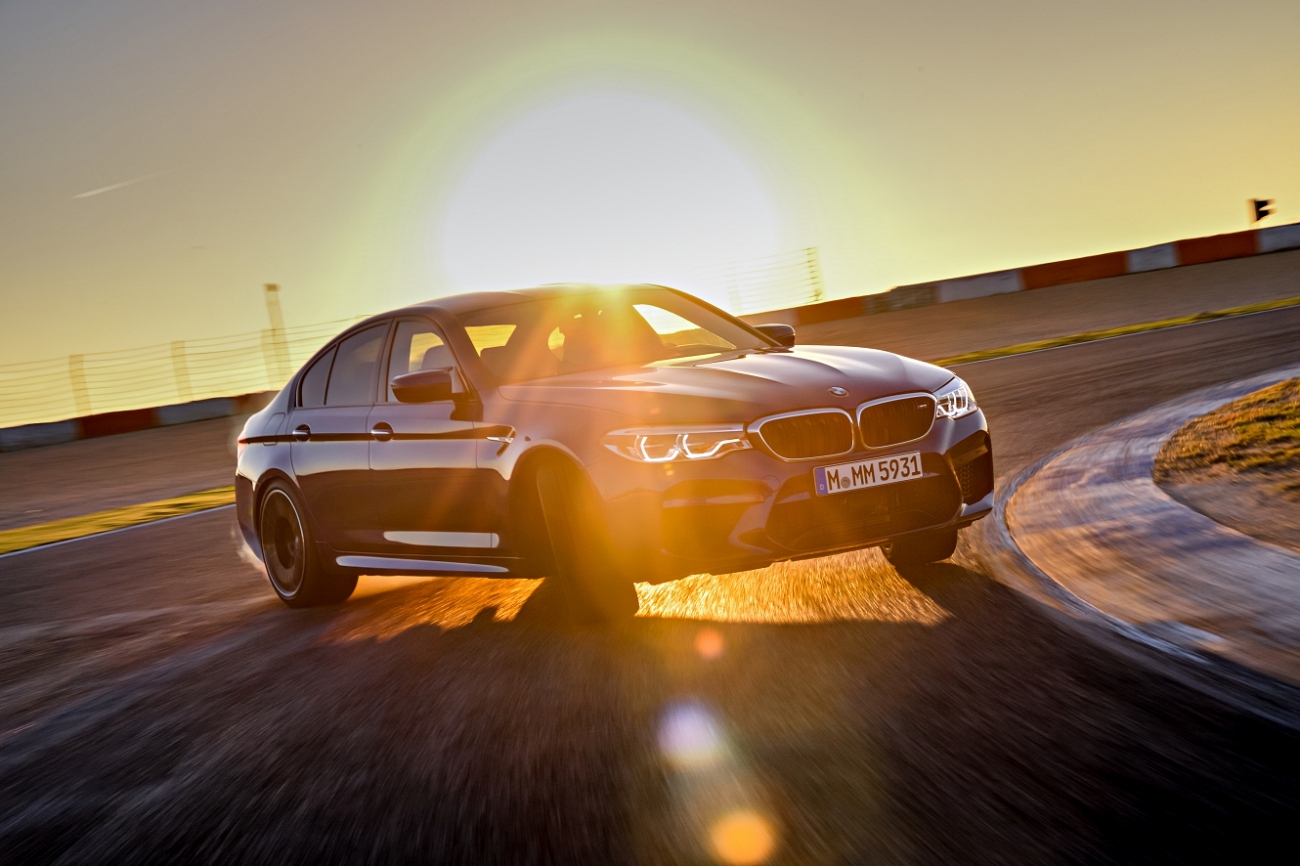
And now, there is another deviation from the norm in M-division for them to shout about – drive to ALL four wheels! M division has finally gone all-wheel drive via their M xDrive. This was a long time coming from the engineers in Munich.
Tyre technology has not been able to keep up with the advances in engine torque outputs. Powerful rear wheel drive cars have always been a handful, and maintaining traction especially on slippery surfaces with just 2 wheels had its limitations.
Distributing torque to all four wheels gives the tyres an easier task of finding traction. BMW have not taken an entirely novel approach in powering all four wheels. They have however adopted a system that comes with a twist.
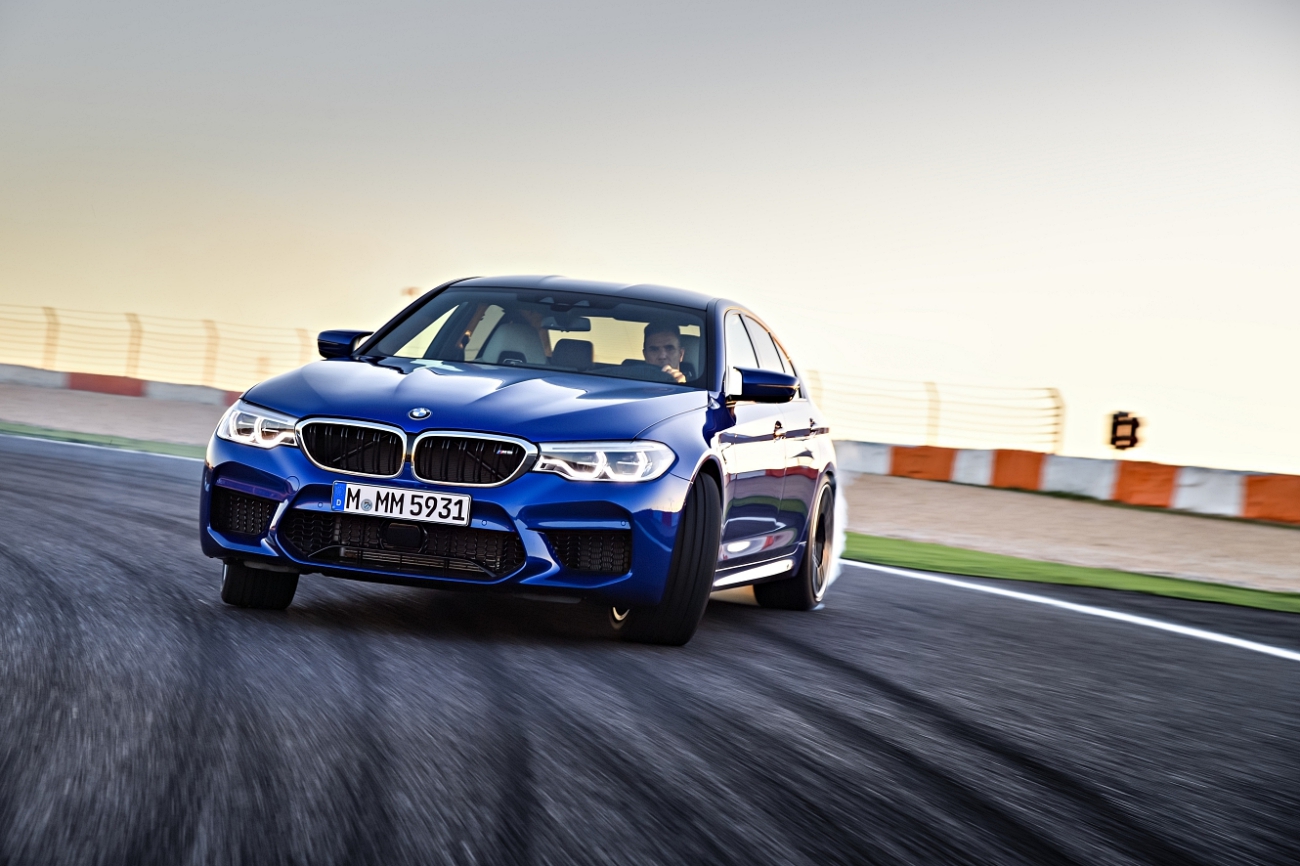
A Central Intelligence Unit computes the inputs of steering angle, throttle position, wheel speed and yaw angle before determining how to distribute the torque from the gearbox to the various wheels, multiple times in less than a tenth of a second.
A wet clutch pack in the centre differential sends torque primarily to the rear wheels. This is in contrast to most all-wheel drive systems that are by default, front wheel driven. BMW engineered the dominant drive to be at the rear intentionally to give the driver a rear-wheel drive feel.
At the rear, the torque is then distributed between left and right wheels via the Active M Differential. In the event where the full 750Nm is deployed, the CIU will move some of this torque to the front wheels.
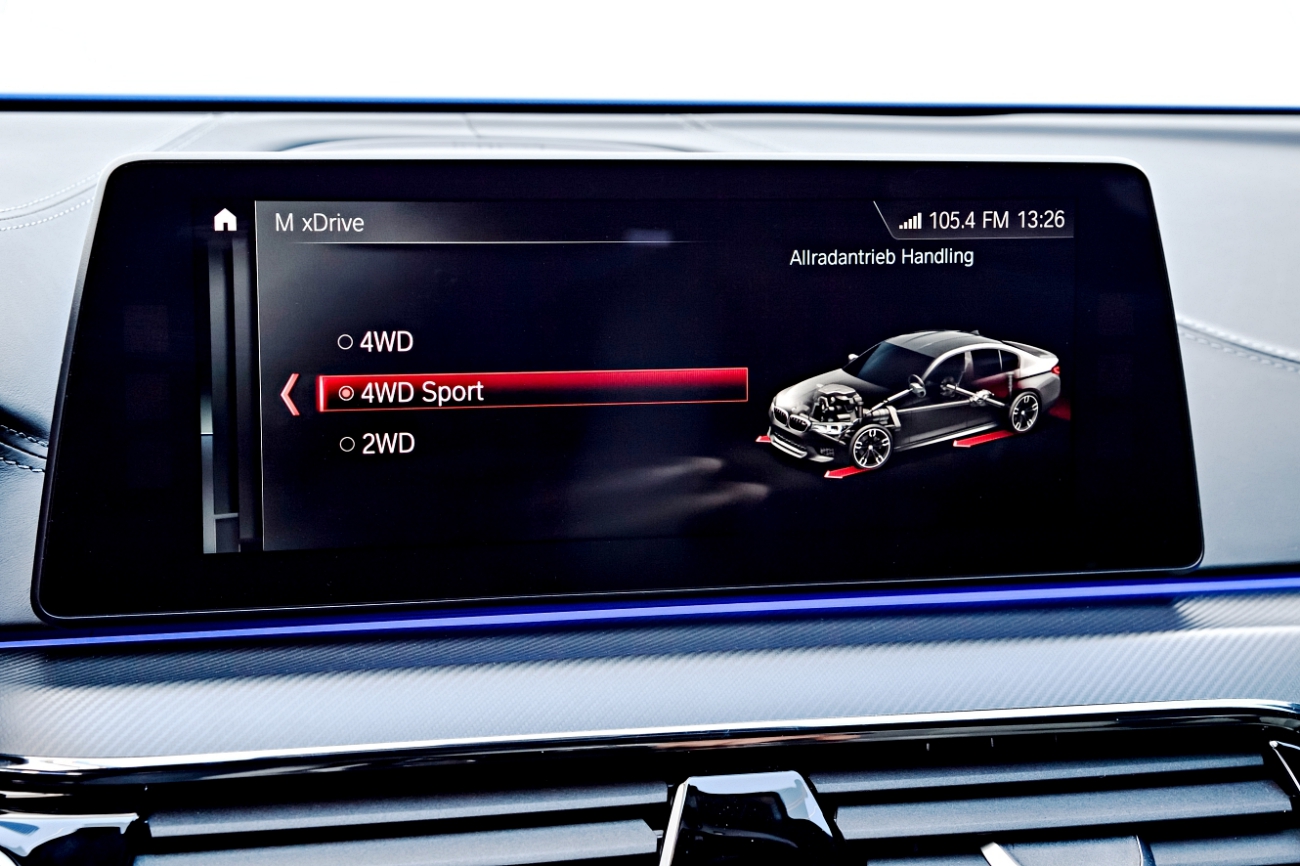
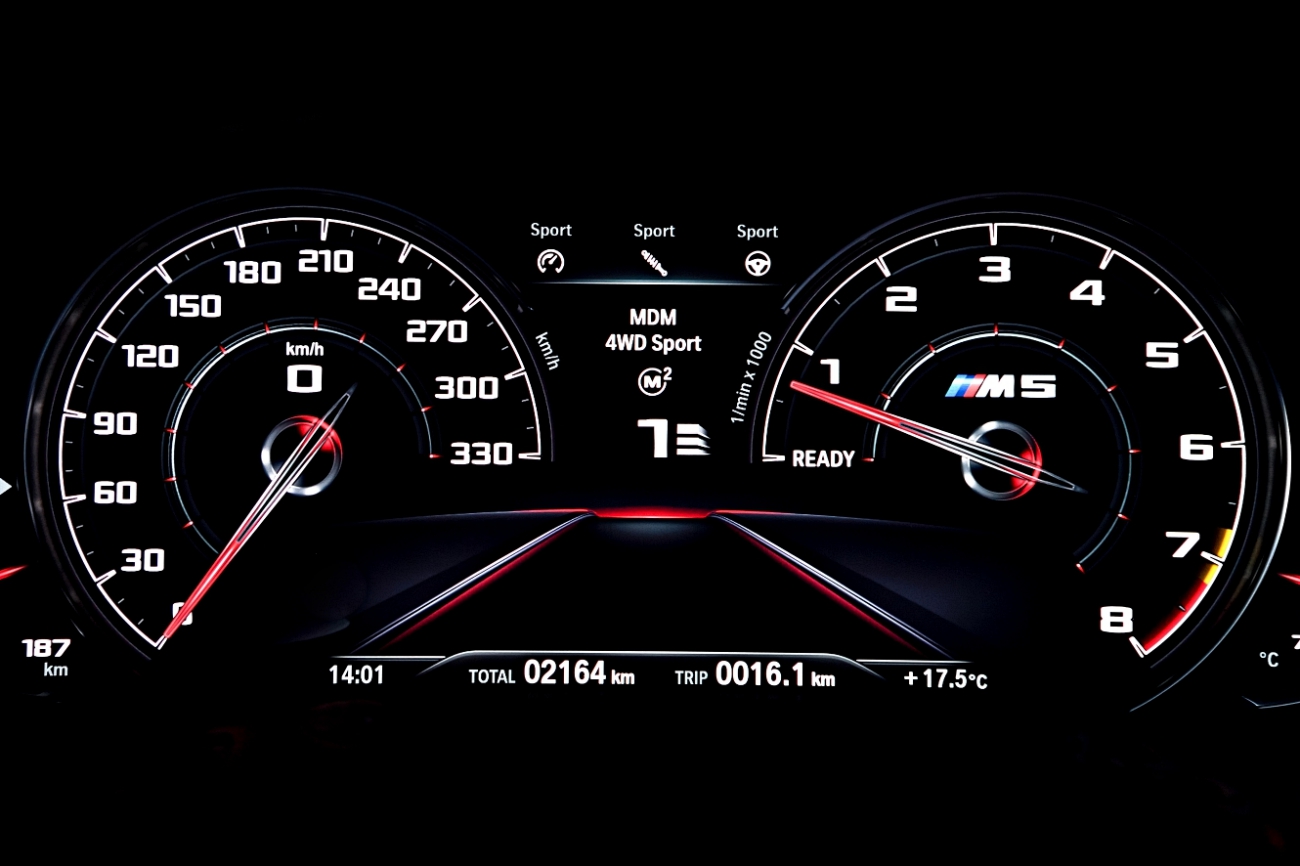
The M5’s party twist is the on-board option for the driver to control the distribution of front-rear torque, thus creating a fine balance of traction in all weather conditions to suit different driving skills. Via the iDrive, the driver is able to select standard 4WD, rear biased 4WD (on the line of grip) and the somewhat necessary traditional-BMW mode of pure rear-wheel drive.
This is BMW’s answer to finding a balance between traction in the snow and driving purity on the track. With a flick of a few buttons, you are able to go from snow levels of traction to drifter. The vehicle controls all of this via the CIU and the clutch packs.
In the dry, the previous generation F10 M5 would even spin its wheels in second gear when accelerating hard from rest. In the wet, it was nearly undriveable and honestly quite a pain with DSC continuously intervening, cutting power and interrupting forward motion.

Having driven the 2019 M5, the gain in traction due to the xDrive results in a far more confident drive. You are able to deploy full power at any moment. In 4WD Sport, the M5 was playful, yet controllable and my preferred mode for everyday driving.
With turbocharged internal combustion engine technology improving so rapidly, expect torque values to rise as well. Additionally, with the progress that BMW is making in it’s 'i' range of passenger cars, we can confidently say that future generations of M5s could even have electrically powered front drivetrains.
This all means that the xDrive system is very much here to stay to manage traction and make driving powerful cars safe yet pleasurable.
STORY Amrit Changaroth
PHOTOS BMW






